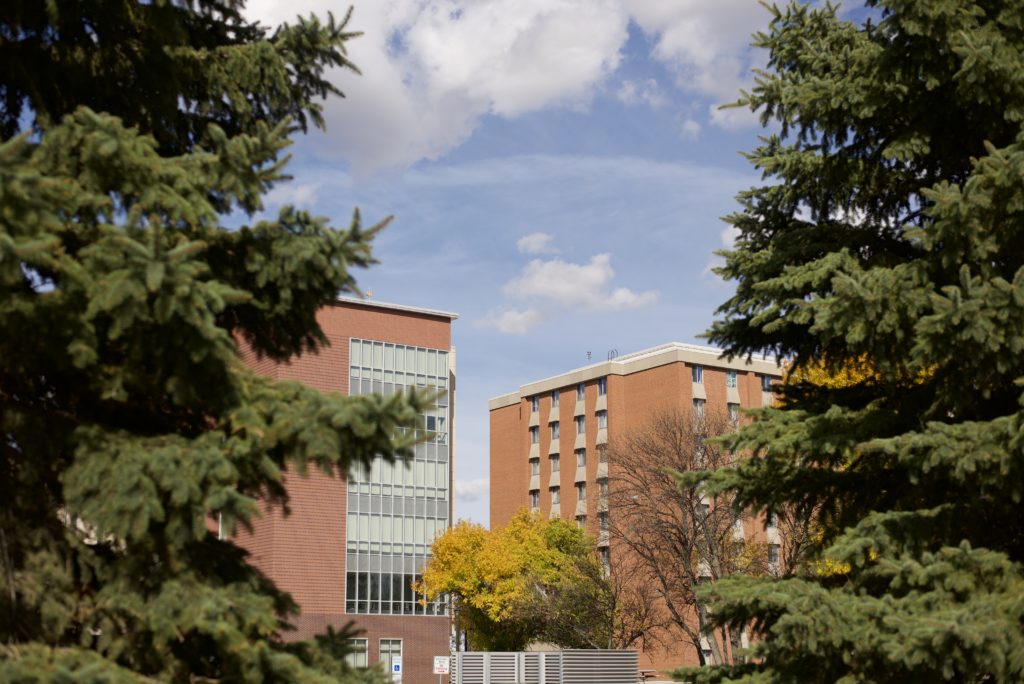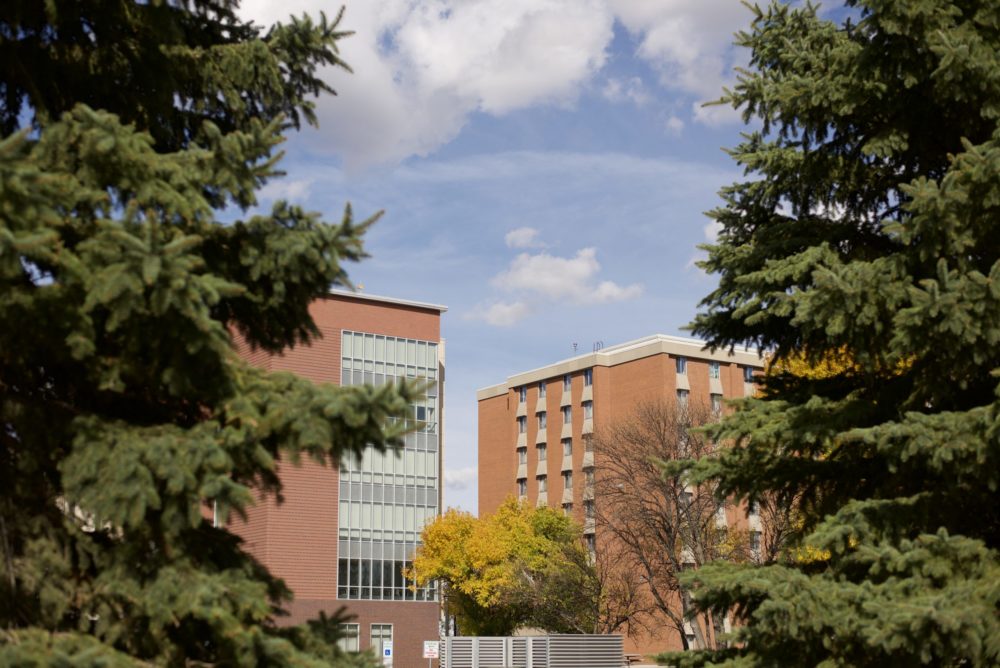
NDSU may be the home of a vast array of students, but it doesn’t always feel like home.
When campus doesn’t feel welcoming, students of color request a place to feel at home
Last week, there was an upset over a survey sent to students living on campus from Residence Life. The survey asked students how they would feel about having a floor in a residence hall dedicated solely to students of color. As described in the survey, this would be, “a place where students of multiracial identities may live together, develop academic strengths and networks and be a welcoming place to call home.”
Many students and NDSU community members were angered by the survey question instead of, you know, being upset that a student of color would feel the need to ask for a welcoming community in the first place.
Immediately, individuals began accusing Residence Life of promoting inequality akin to segregation and Jim Crow laws. As NDSU is a predominantly white university (PWI), they saw it as the administration taking further steps to highlight the racial disparities already evident on campus. And honestly, I can see why on initial reflection, this is where peoples’ minds went; however, you have to take into account who is asking for these changes.
Research done by Christina S. Haynes, an associate professor of African American studies, on Black females’ experience at a Midwestern PWI shows just why students might need a community on campus. Haynes interviewed Black female students living in the residence halls and found that within these buildings they encountered blatant racial hostility, microaggressions, stereotypes about Black women and those who had authority were often undermined by White students.
Looking back to NDSU, you can understand that any student would want to feel welcomed on campus, but the very likely truth is that they often are not made to feel this way. Individuals should be less concerned that these students might have their own space which would cause segregation, but how they are already affected by social segregation and racism leading to a need for a place to feel at home.
Another point of reference would be the blog, “Black girl, white college,” from former NDSU student Erianna Jiles. On her experiences at NDSU, Jiles said, “It felt like the campus was rejecting me daily, and I couldn’t find a way to relate to anybody.”
As Jiles later said on her blog, “My peers would talk a lot in class about embracing diversity and people from different cultures. But they didn’t live by those ideals. These same people preaching diversity would pass me in the dining center or common areas as if I wasn’t even there.”
White students, many of whom were the most vocal in their outrage at the survey, don’t typically worry if their roommates might have racial prejudices against them, if they will receive a racially insensitive message to them on their whiteboard or if people will target them. Yet, these are concerns students of color likely have to take into account when living in the residence halls.
Before getting outraged, consider what it would be like to go through these things. Then, when you request to have feedback on the idea of a safe environment in which you could live, your idea gets shot down with the same criticisms of racial discrimination which you already feel. This would be incredibly frustrating.
If students don’t feel welcomed in their current arrangements, a community that promotes their safety and well-being, and is optional, seems like a valid request. Not to mention that this community sounds a little different from the Wellness Community in the high rises, which has historically been very receptive to religious students at NDSU.
As a university, NDSU struggles to create an environment conducive to diversity and inclusivity. Until we have a comprehensive action plan to help educate the NDSU community and serious effort to encourage students of color to come to NDSU and feel appreciated enough to stay, we can’t complain that requests coming from these students aren’t to our taste.
Yes, a learning community is a band-aid on a system riddled with inequality and yes, grouping together students of every racial background can be generalizing, but this was a request born from a lack of community and inclusion. If the idea of this learning community makes you uncomfortable, consider first why some students think it is necessary.
